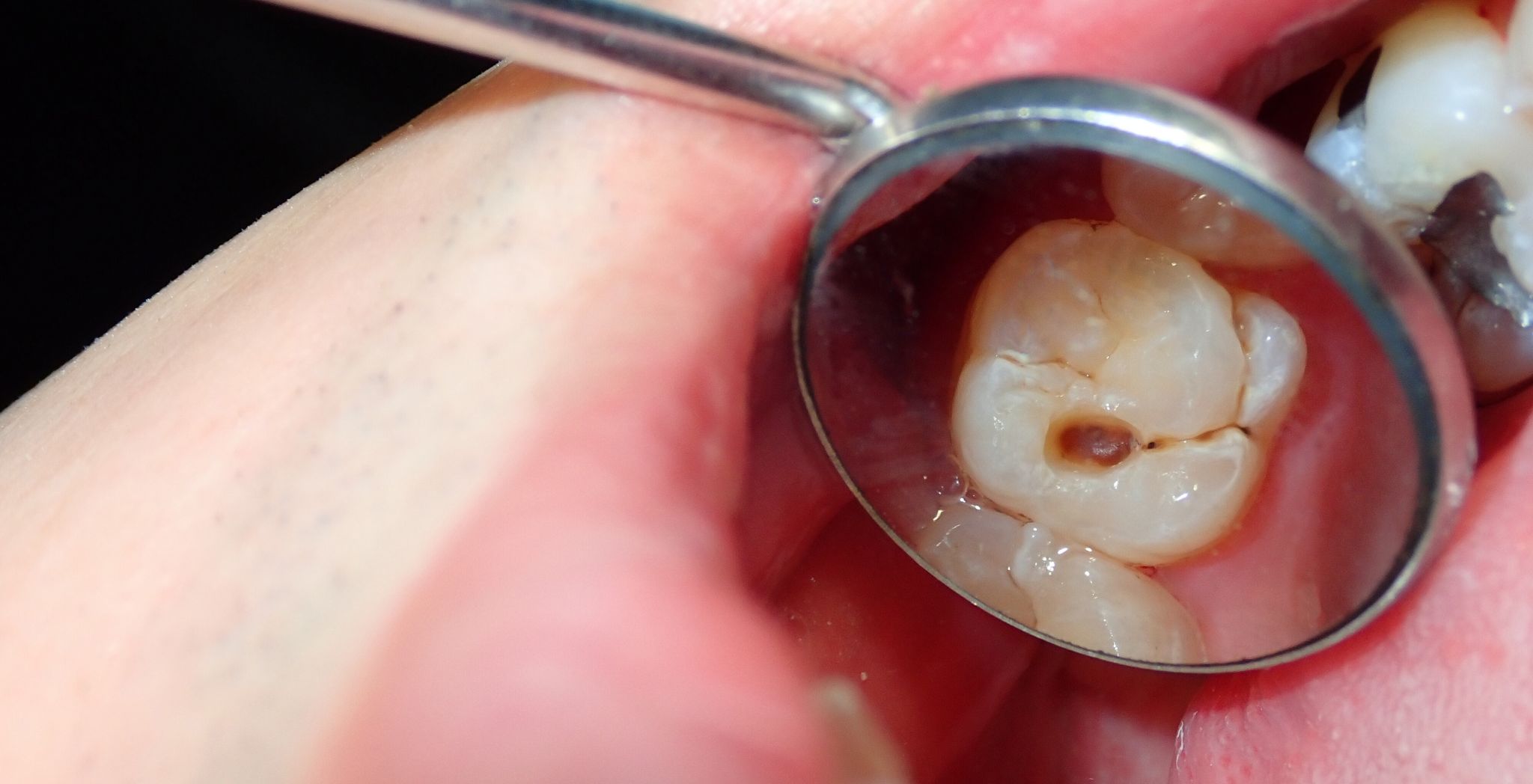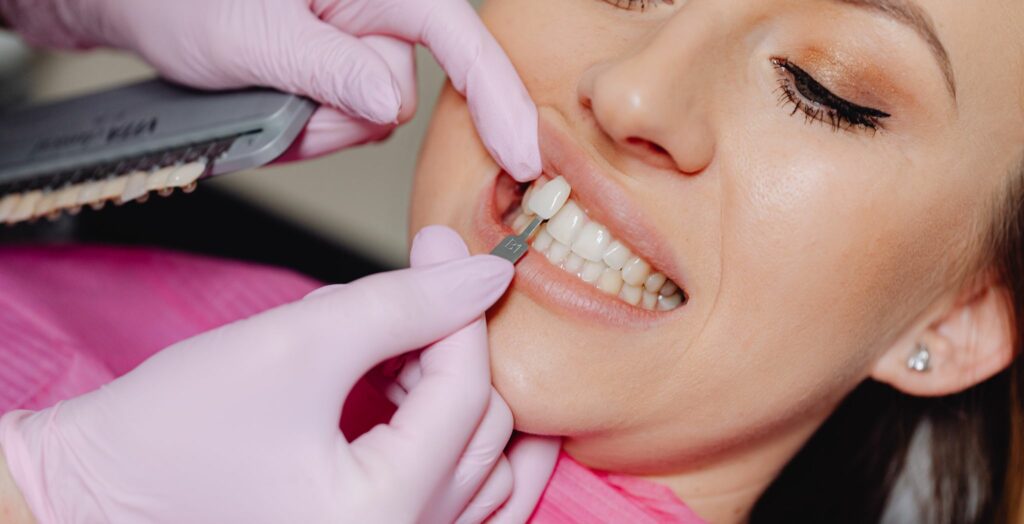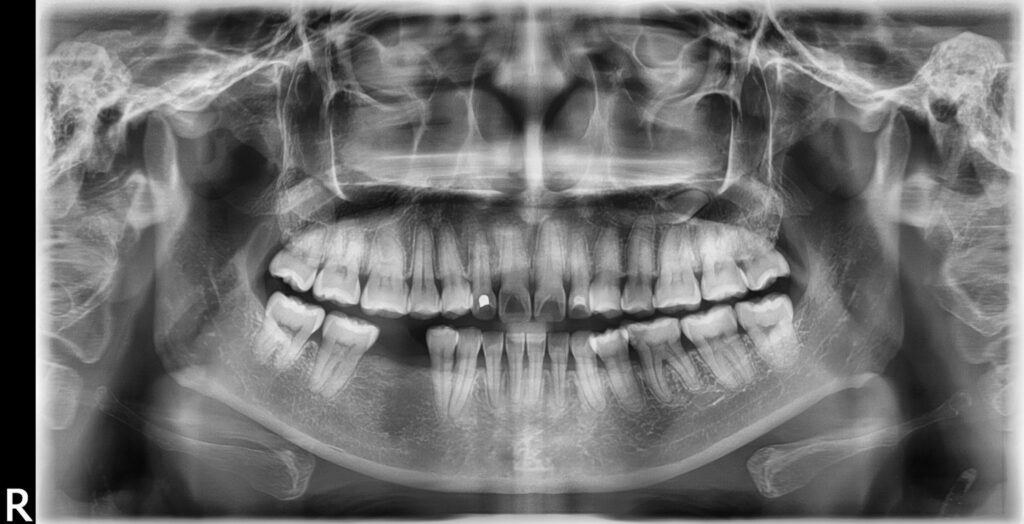Ever had that little voice in your head worry about a tiny dark spot on your tooth? Or maybe a sharp sensitivity when you drink something cold? It’s a common worry, and it often leads to the same question: “How to reverse tooth cavity?”
The good news is, in the very early stages, sometimes you can! Think of it like a crack in a footpath. If you catch it early, you can fill it in and make it strong again. If you wait too long, it becomes a big hole that needs a lot more work. The same goes for your teeth.
This blog is all about understanding how cavities form, what you can do to stop them, and when it’s time to see a professional, like a dentist in Leppington.
What Causes Tooth Cavities?
First, let’s understand what we’re up against. A tooth cavity, also known as tooth decay, doesn’t just appear out of nowhere. It’s a process that happens over time.
It all starts with something called “plaque.” Plaque is a sticky film of bacteria that’s always forming on your teeth. When you eat and drink things with sugar or carbohydrates, the bacteria in the plaque feed on them. As they feed, they produce acids.
These acids are the real troublemakers. They slowly but surely start to attack the hard outer layer of your teeth, called “enamel.” Enamel is the toughest substance in your body, but it’s not invincible. The acids begin to strip away minerals from the enamel, making it weaker. This process is called “demineralisation.”
If you catch this demineralisation process early, before a hole has formed, it’s called “early tooth decay.” This is the key stage where you have the power to reverse things.
Can You Reverse a Cavity?
This is the big question, and the answer is a cautious “yes,” but only in the very beginning. You can’t reverse a big, dark hole in your tooth. That requires a dentist. But you can stop and even reverse the very early stages of a cavity, when the enamel is just starting to weaken.
The goal is to get those minerals back into your enamel. This process is called “remineralisation.” It’s the natural way your body tries to fix things. Your saliva contains minerals like calcium and phosphate, and it’s always working to restore your teeth. But it can’t keep up if the acid attacks are happening all the time.
So, how do we help our saliva and our teeth win this battle? By using a combination of good habits and helpful tools.
How Fluoride Helps Reverse Cavities
Fluoride is a mineral that’s a bit of a superhero for your teeth. It works in two main ways:
- It strengthens your enamel. When fluoride is present, it gets incorporated into the enamel. This makes the enamel much stronger and more resistant to acid attacks. Think of it like putting a protective shield on your teeth.
- It helps with remineralisation. Fluoride helps attract other minerals, like calcium and phosphate, to the weakened areas of your teeth. This helps to rebuild the enamel and reverse the early tooth decay.
You can get fluoride in several ways:
- Fluoride Toothpaste: This is the most common way. Brushing twice a day with a fluoride toothpaste is one of the best things you can do to prevent and reverse early cavities.
- Fluoride Mouthwash: A fluoride mouthwash can provide an extra boost of protection, especially for people who are at a higher risk of cavities.
- Fluoridated Water: In many parts of Australia, drinking water has a safe level of fluoride added to it. This provides a constant, low level of fluoride that helps protect teeth throughout the day.
- Professional Treatments: The dentist in Harrington Park can also apply a high-concentration fluoride varnish or gel to your teeth during a check-up. This provides a powerful, long-lasting protective effect.
The Importance of Good Oral Hygiene in Preventing Cavities
You can’t talk about reversing cavities without talking about prevention. The best way to deal with a cavity is to make sure it never gets to the point where it needs to be reversed!
Here’s the simple routine that makes a huge difference:
- Brush Twice a Day: Use a soft-bristle toothbrush and a fluoride toothpaste. Brush gently for two minutes each time. Make sure you get all the surfaces of your teeth, including the back ones.
- Floss Every Day: Brushing cleans the front, back, and top surfaces of your teeth, but it can’t get in between them. Flossing removes the plaque and food particles that get stuck in these tight spaces, which are prime spots for cavities to start.
- Don’t Forget Your Tongue: Brushing your tongue helps remove bacteria and keeps your breath fresh.
- Visit the Dentist Regularly: A routine check-up and clean with a professional is a non-negotiable part of good oral hygiene. The dentist can spot the very early signs of a cavity that you might miss and give you advice tailored to your needs. If you’re looking for a dentist, like dentist Leppington, they can help create a personalised plan for you.
Dietary Changes to Reverse Cavities
What you eat and drink has a massive impact on your teeth. It’s simple: the less sugar you consume, the less “food” the bacteria have to produce acid.
Here are some tips for a tooth-friendly diet:
- Cut Back on Sugary Snacks and Drinks: Lollies, biscuits, soft drinks, and sports drinks are a major cause of tooth decay. Limit how often you have them.
- Choose Tooth-Friendly Foods: Foods like cheese, milk, and plain yoghurt are great because they contain calcium and phosphates that help strengthen your teeth. Crunchy fruits and vegetables like apples and carrots also help clean your teeth naturally.
- Drink More Water: Water is fantastic for your teeth. It helps rinse away food particles and neutralise acids.
- Chew Sugar-Free Gum: Chewing sugar-free gum after a meal can help increase saliva flow, which washes away food and helps remineralise your teeth.
Remineralising Toothpaste and Gels
Beyond regular fluoride toothpaste, there are some specialised products designed to help with remineralisation.
- High-Fluoride Toothpaste: The dentist might prescribe a toothpaste with a higher concentration of fluoride if you are at high risk for cavities.
- Calcium and Phosphate Gels: Some products contain extra calcium and phosphate to help speed up the remineralisation process. These are often used under the guidance of a dentist.
Always speak to the dentist or a professional before using these products to make sure they are right for you. A quick chat with the local Harrington Park dentist, like Horizon Dental Care, can help you find the best solution.
Professional Dental Treatments to Reverse or Prevent Cavities
When it comes to your teeth, a professional’s help is invaluable. The dentist has tools and knowledge that you just don’t have at home.
- Dental Sealants: These are thin, protective coatings that a dentist can apply to the chewing surfaces of your back teeth (molars). They fill in the deep grooves where food and bacteria can get trapped, creating a smooth surface that’s easy to clean. Sealants are great for preventing cavities, especially in kids and teenagers.
- Fluoride Varnish: As mentioned earlier, a high-concentration fluoride varnish can be painted onto your teeth for a powerful and long-lasting remineralising effect.
- Fillings: If the cavity has progressed beyond the point of being reversed, the dentist will need to remove the decayed part of the tooth and fill the hole with a filling. This prevents the decay from getting any worse.
Signs of Cavities You Can’t Reverse
So, how do you know when it’s too late to reverse a cavity and you definitely need to see a dentist?
- A Visible Hole or Pit: If you can see a dark spot that has become an actual hole or pit in your tooth, it’s a cavity that needs a filling.
- Pain: Pain is a sign that the decay has reached the more sensitive layers of your tooth.
- Sensitivity: A lingering sharp pain when you eat or drink something hot, cold, or sweet is a common sign of a cavity.
- A Brown or Black Spot: While some stains are harmless, a brown or black spot that doesn’t go away with brushing could be a sign of a cavity.
If you notice any of these signs, don’t wait. Schedule an appointment with the dentist in Leppington right away. The sooner you treat a cavity, the smaller the filling will be, and the less damage will be done to your tooth.
Post-Treatment Care and Maintenance
Even after you have a filling, the work isn’t done. The filling is a great fix, but it doesn’t make your tooth immune to future cavities.
- Maintain Your Habits: Continue with your excellent oral hygiene routine: brush twice a day, floss daily.
- Watch Your Diet: Continue to limit sugary foods and drinks.
- Regular Check-ups: Keep up with your regular dental appointments. The dentist will check on your fillings and make sure no new cavities are starting to form.
Conclusion
The journey to a healthy smile is a daily effort, but it’s a simple one. The key takeaway is this: you have the power to stop and reverse the very first stages of a cavity. This is a powerful form of prevention.
By understanding how cavities form, embracing fluoride, and committing to a great oral hygiene routine and a tooth-friendly diet, you can give your teeth their best chance at staying strong and healthy.
Don’t Wait For That Small Dark Spot to Become a Major Issue
Be proactive! If you have any concerns about your teeth or just need a routine check-up, make an appointment with a trusted professional.
If you’re in the area, a quick search for a “Harrington Park dentist” or “dentist Leppington” will help you find a local expert, like Horizon Dental Care, who can guide you on your path to a cavity-free smile.




